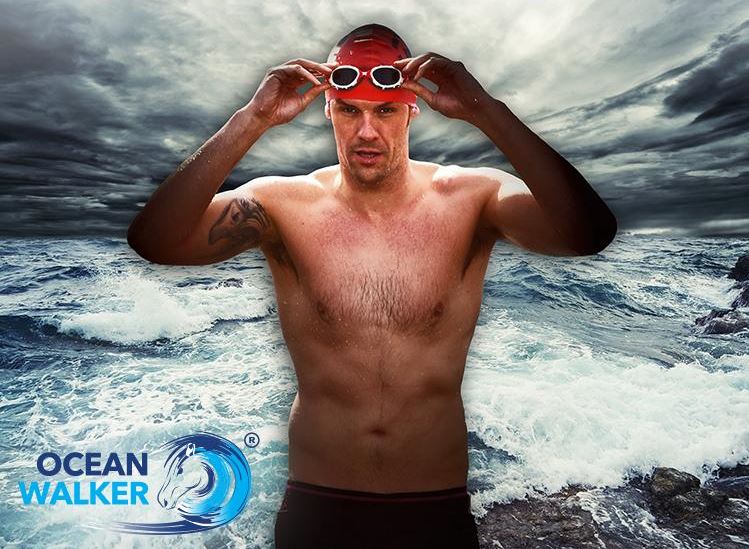
Adam 'Ocean' Walker Swim Training
Sighting with no loss of speed: The dos and don’ts
Finding yourself losing speed when sighting on your swim?
Open Water Coach and Zoggs ambassador Adam Walker is here to take you through the do’s and don’ts.
When sighting the goal is to maintain your freestyle speed and to try and avoid slowing down with no loss of rhythm and no extra energy used. In this blog I cover the dos and don’ts of sighting with no loss of speed.


Sighting & breathing in one stroke (Don’t do this!’)
If you breathe to the side followed by sighting in one stroke, your head will be too high which will result in your hips dropping creating drag and slow you down. It may also hurt your neck and back to twist from the side and then look forward in one stroke. It will be difficult to maintain any sort of rhythm and you will use more energy than necessary.
Sighting too high dropping front arm early (Don’t do this!’)
Lifting your head too high again causes the hips to drop slowing you down creating drag. It can also strain your neck and curve the back. By dropping your front arm early, you can’t maintain any momentum created from rotation so this will limit any glide resulting in more arm strokes than necessary which is more effort and energy.


Sighting with no loss of Speed (Do this!’)
Always breathe and sight separately. Aim to rotate onto your side as you come up to sight to be as efficient as possible. Hold your front arm under water around 40 degrees to help you glide efficiently. Your arm should be out of the centre line, level with your hip underneath.
When you pull whilst sighting to maintain your speed. Pull your chest and hips upwards to clear the water with your eyes only (crocodile eyes) avoid lifting your head up independently to your body as your body will likely sink if you just lift your head. When you sight try and keep your head straight so you can see where you’re going and to keep you balanced.
After sighting go back to looking down with a neutral head when swimming freestyle to protect the neck and remain efficient.
Practice Tips: I recommend breathing every two strokes followed by a sight. Practice in a pool first then move to open water. When you get used to it, you can extend to 4,6,8 strokes before sighting. I recommend still breathing every two strokes to the side, so you get regular oxygen to keep you relaxed unless you are sighting.












